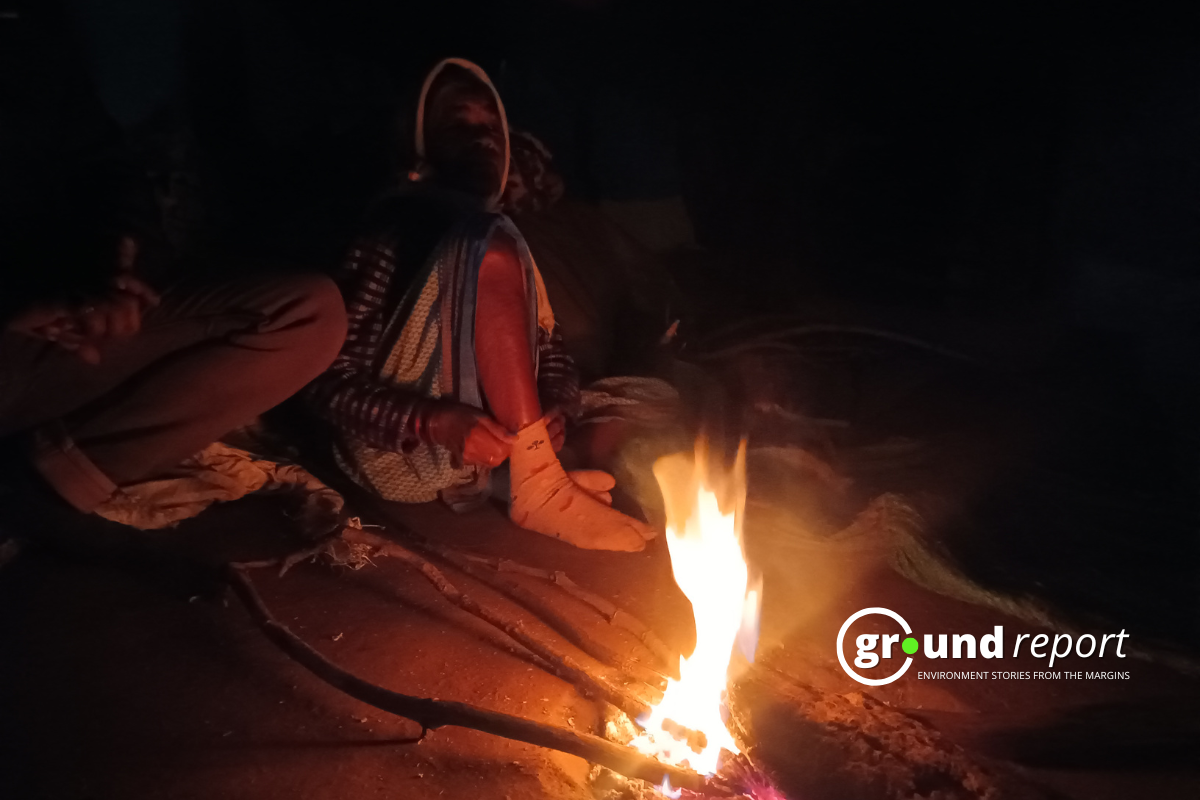A few seconds before the first earthquake occurred in Turkey and Syria, some light flashes could be seen in the sky of the affected areas, as can be seen in videos circulating on social networks.
The blue light (earthquake light) also known as triboluminescence, which may be seen for the first time in Turkey, caused panic among the citizens before the earthquake. There was a rustling sound at first, then a blue light appeared in the sky. The sound grew louder and louder with the violent shaking.
These lights, which resemble the northern lights, have been documented since the 17th century, according to the American Seismological Association report. In general, they can be observed in less than 0.5% of earthquakes and their duration is usually a fraction of a second.
What is earthquake light?
Phenomena such as lightning, balls of light, streamers, and constant flashes, reported in association with earthquakes, are called seismic lights (EQL).
Geophysicists differ on the extent to which they believe individual reports of unusual lighting near the time and epicentre of an earthquake really represent EQL: some doubt that any of the reports constitute strong evidence for EQL, while others think that at least some reports plausibly correspond to EQL.
Friedemann Freund, a visiting professor of physics at San Jose State University and senior researcher at NASA’s Ames Research Center, discovered in 2001 that triboluminescence is due to the fact that rocks can become semiconductors during a telluric movement.
Freund and his collaborators wondered if the “earthquake lights” were the result of an electrical charge produced by a certain type of rock under great tectonic stress.”
“When a powerful seismic wave travels through the ground, it compresses the rocks with great pressure and speed, creating conditions under which large amounts of positive and negative electrical charges are generated. These charges can travel together, reaching what is called a plasma state, which can explode and shoot into the air,” he mentioned in his report.
The charges can combine and form a kind of plasma-like state, which can travel at very high speeds and burst on the surface to produce airborne electrical discharges,” Freund explained to National Geographic magazine.
According to specialists from Rutgers University, in the United States, this phenomenon is called ‘earthquake lights’ or triboluminescence. It is believed that it is caused by the rupture and friction of terrestrial plates, which generate electrical energy that is released to the surface with great speed and force.
So how do earthquake lights form?
The NASA official stated that investigations have been conducted on this matter, but no final solution has been reached. But scientists have some guesses about these lights:
- 1 Magmatic rock crystals have minor imperfections. They are crushed and damaged by strong stress during seismic activity, and the peroxygen bonds are broken, ionizing oxygen anions. These ions rise through the cracks in the rocks and then diffuse into the atmosphere, ionizing the air and creating a glowing plasma.
- 2 Local destruction of the earth’s magnetic field or ionosphere in the area of tectonic stress will cause a glow effect, or tectonic stress will produce a piezoelectric effect, and when the quartz-bearing rock is compressed in a certain way, it will produce a strong voltage. This voltage is released into the air, ionizing the air and emitting a brilliant electric light called the triboluminescence principle.
When do earthquake lights appear?
Earthquake lights are not common. They usually occur before or during larger earthquakes but can appear several weeks in advance. In the future, by studying seismic lights, we will be able to predict the occurrence of large earthquakes and reduce their impact.
Lights in sky during earthquakes in recent years
The blue light that appeared in the sky before the earthquake had been seen in different countries before. Earthquake lights have been documented for centuries during earthquakes in different parts of the world. These are some of those registered in recent years:
- Peru, August 15, 2007
- Chile, February 27, 2010
- Mexico, September 7, 2017
- Mexico, September 7, 2021
ALSO READ
- Top 10 most deadliest earthquake ever
- Series of earthquakes in Turkey, What are the reasons?
- Earthquake in Turkey and Syria, what we know so far?
Follow Ground Report for Climate Change and Under-Reported issues in India. Connect with us on Facebook, Twitter, Koo App, Instagram, Whatsapp and YouTube. Write us on GReport2018@gmail.com.








